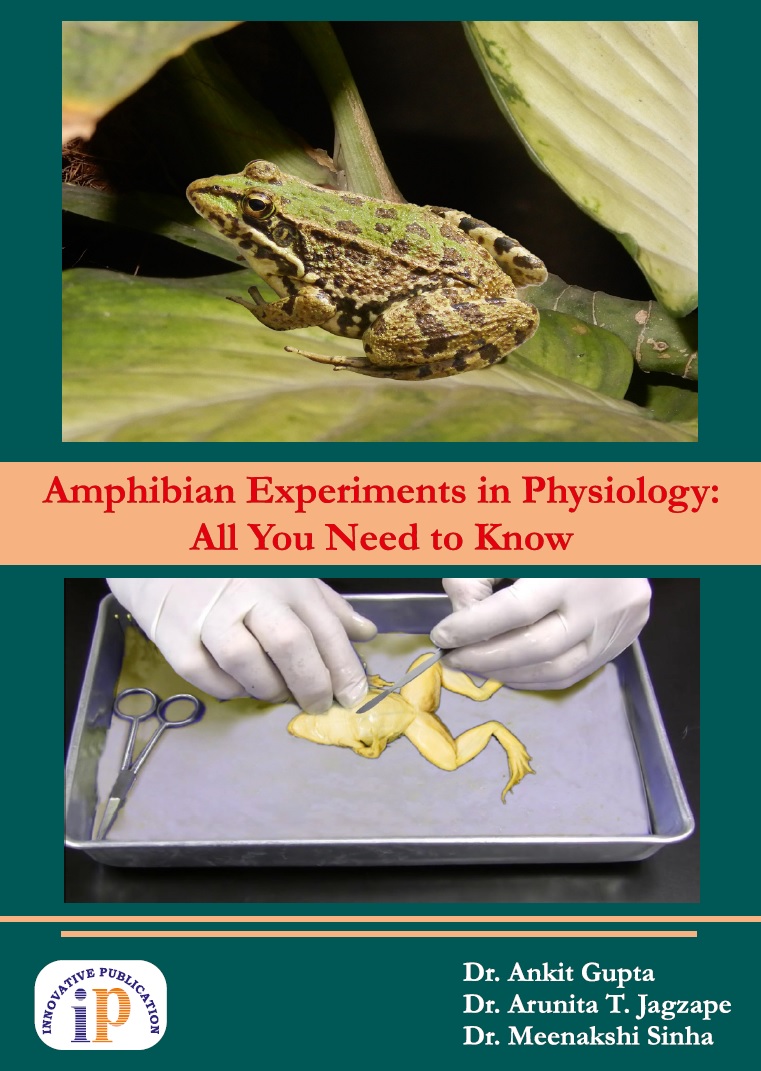Amphibian Experiments in Physiology: All You Need to Know
1. Dr. Ankit Gupta, is MD in Physiology from King George's Medical University (KGMU), Lucknow, U.P. and completed his Senior Residency from All India Institute of Medical Science (AIIMS), Raipur, C.G. He is a dedicated researcher and medical professional with a focus on amphibian experiments and animal research. His MD thesis, centered on animal research, showcases his commitment to advancing scientific knowledge in the field. Author is currently working at Rohilkhand Medical College in Bareilly as Assistant Professor and continues to contribute to the medical field through his research and teaching. 2. Dr. Arunita Tushar Jagzape is working as Assistant Professor at AIIMS Raipur, Chhattisgarh. She has done her MD and PhD in Physiology. She has completed FAIMER from GSMC Mumbai. She has also completed her M.Phil in Health Professions Education. Her field of choice is EEG, Visual Evoked Potentials and Medical Education. She has publications in various national and international journals. 3. Dr Meenakshi Sinha is Professor of Physiology at AIIMS Raipur. She takes keen interest in the specialty of Chronomedicine with a Ph.D. from AIIMS, New Delhi, where her research encompassed on both human and animal studies under Antarctic conditions, being the fifth Indian woman to visit Antarctica for which she received a decoration from the Hon'ble Prime Minister of India. She continues to work on various psychological & neurophysiological aspects of Chronomedicine & has received many awards & accolades & has several international publications in the field. However, she remains an ardent exponent of animal experimentation as an inalienable foundation of mechanismal physiology.
<p>The book, “Amphibian Experiments in Physiology: All you need to know,” serves as a pathway from the “known to unknown”. As aspiring doctors embarking on the journey of MBBS, you often find yourselves engulfed in a sea of abstract concepts that are challenging to grasp visually. Among these challenges lies the realm of amphibian experiments, a domain that once played a significant role in medical education but has now been largely replaced by simulations due to regulatory changes. However, while simulations offer solutions, they may not fully address conceptual uncertainties. Teachers strive to convey understanding of experiments that you may not have witnessed firsthand. In this book, we provide hand-drawn illustrations and graphs to represent these experiments, alongside original figures wherever feasible, aiming to bridge the gap between theory and practice.<br></p>











